Samsung The Frame LS03D (2024) is not just an ordinary TV that you place in the corner and forget about after two days. Right away, it’s clear that the manufacturer aimed for more than just displaying movies. First, the "Art" mode grabs attention – with just a few clicks, we can turn The Frame into a digital gallery, showcasing works that, combined with the matte screen, really resemble a real painting in a frame. Speaking of frames, we have the option to customize its colour to perfectly match our interior. Additionally, in the package, we’ll find a wall mount, which allows the TV to be hung virtually “flat”, enhancing the impression of engaging with a piece of art rather than a typical screen. The matte display provides great protection against light reflections, and paired with high brightness (650 cd/m²), it performs well even in full sunlight. On top of that, we have a VA panel with quite decent contrast and a refresh rate of 120 Hz, so watching sports or playing dynamic titles looks really smooth and pleasing to the eye. Adding to this are the gaming features – VRR, ALLM, and HGiG – indicating that Samsung also thought about console and PC fans. As a result, Samsung The Frame can serve as both a picturesque decoration for the living room and a rather sensible gaming monitor. The mentioned One Connect is another handy gadget – it allows us to hide all cables in one place, requiring only a thin cable connecting the TV to that magic box. If we like order, this is a solution designed for us. Another advantage is the Tizen system – easy to use, fast, and full of apps. While it may not have absolutely everything (e.g., the Tidal app), it still offers a wide range of options when searching for additional streaming platforms. Of course, there’s no rose without thorns. The lack of local dimming is noticeable in dark scenes, where the blacks become less distinct. We also have to remember that there’s only one HDMI 2.1 port, so if we want to connect more devices at 4K and 120 Hz, we might feel limited. Besides, the viewing angles are rather average, so it’s better if the most important viewer (that’s us) sits directly in front of the TV. For Dolby Vision lovers, it won’t be the ideal choice either, as The Frame LS03D only supports HDR10 and HDR10+. Additionally, the sound – like in most slim TVs – is average, so it’s worth considering a soundbar if we care about clearer bass and a deeper sound. Despite these weaker points, The Frame still makes a great impression. It’s striking, stylish, and versatile – suitable for both watching the latest hits and displaying reproductions of paintings on the wall. If we value an extraordinary appearance, high brightness, and want to play something with low input lag, then this model will be a perfect choice. And while it may not be the leader in cost-effectiveness nor a technological "monster" in terms of picture quality, it has something that is simply likable. It’s a piece of equipment that stands out with its unique character and can fit into any interior, attracting attention both in TV mode and digital art gallery mode.
- Matching (Score)
- Our verdict
- TV appearance
- Where to buy
- Contrast and black detail
- HDR effect quality
- Factory color reproduction
- Color reproduction after calibration
- Smoothness of tonal transitions
- Image scaling and smoothness of tonal transitions
- Blur and motion smoothness
- Console compatibility and gaming features
- Input lag
- Compatibility with PC
- Viewing angles
- TV efficiency during daytime
- Details about the matrix
- TV features
- Apps
- Playing files from USB
- Sound
Samsung The Frame LS03D vs Hisense U7Q
Direct compare
The Frame / LS03D
U7Q / U78Q

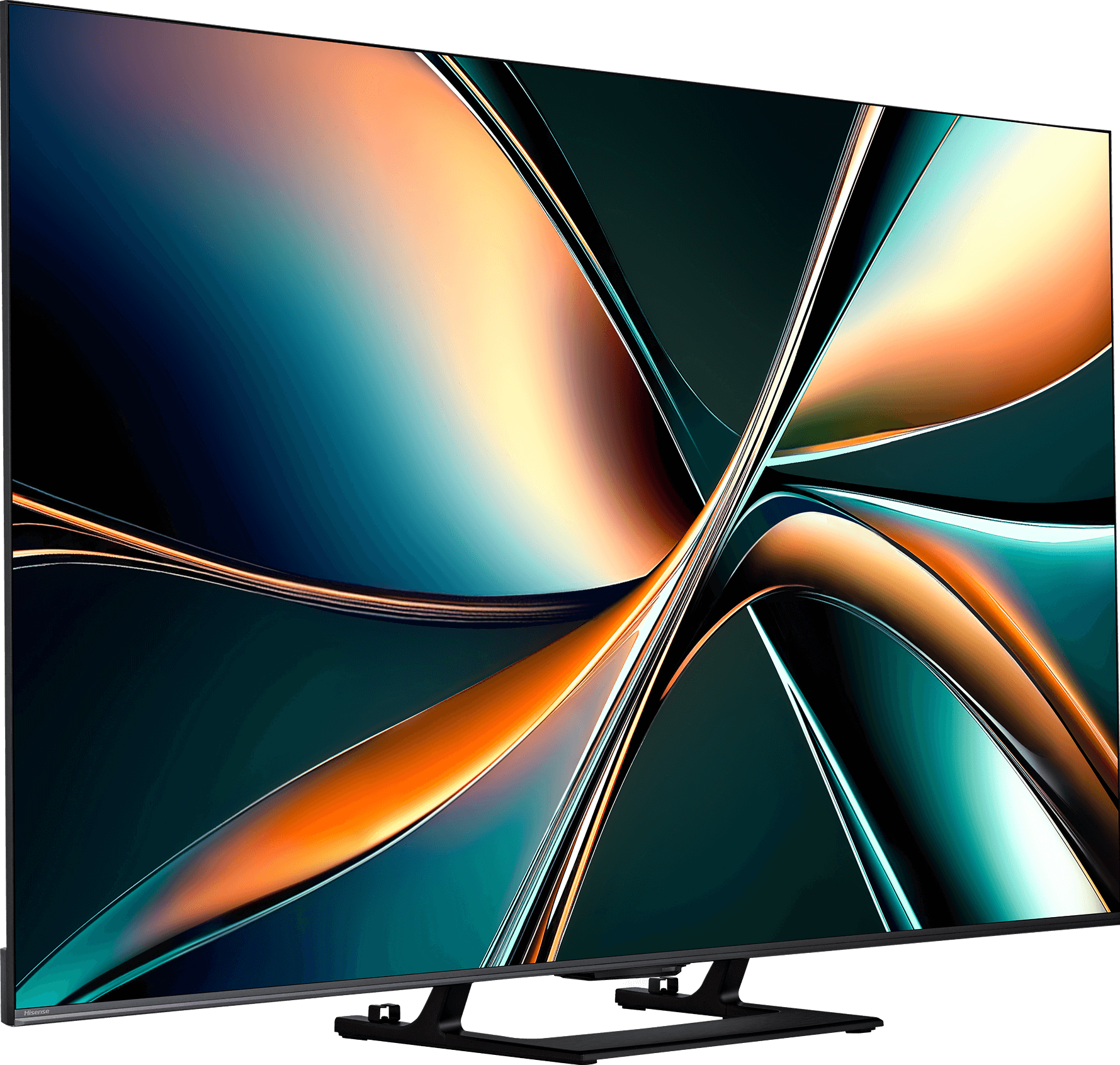
Panel type: LCD VA
Resolution: 3840x2160
System: Tizen
Model year: 2024
Complete the survey to find out the result

Panel type: LCD VA
Resolution: 3840x2160
System: VIDAA
Model year: 2025
Complete the survey to find out the result

Overall rating
7.0
7.2
Movies and series in UHD quality
6.9
6.7
Classic TV, YouTube
6.5
6.8
Sports broadcasts (TV and apps)
6.2
6.5
Gaming on console
8.2
8.0
TV as a computer monitor
7.6
8.6
Watching in bright light
6.5
6.2
Utility functions
8.1
8.9
Apps
8.7
7.7
Sound quality
5.8
7.2
Complete the survey to find out what fits your preferences
Advantages
Unique design and "Art" mode – the television perfectly blends into interiors and serves as a digital picture frame
Matte screen – effectively reduces light reflections
Customisable television frames – adjusting the look to fit the interior
Dedicated wall mounts included (Value approx. AUD 400) – the television can sit almost flat against the wall
High brightness (650 cd/m²) – excellent visibility even in well-lit rooms
VA panel – decent contrast
Good motion fluidity – 120Hz*
Supports VRR, ALLM and HGiG – full package of gaming features
Smooth tonal transitions – one of the best results in this category among tested televisions
One Connect module – minimises cable clutter, ensuring tidiness
Tizen system – responsive, intuitive
*Does not apply to the 43 and 50-inch variants (60Hz)
Great contrast and deep black
Very good fluidity of tonal transitions (close to reference level)
High brightness
Supports 4K 144 Hz and even 240 Hz in Full HD
VRR, ALLM, G-SYNC – a full package for gamers
Low input lag
Pleasant sound with light bass
Many classic TV features built into the VIDAA system
Disadvantages
No local dimming – affects the quality of black, especially in dark scenes
Average viewing angles – the image loses quality when viewed from a greater angle
Average sound quality – flat sound without depth
Limited number of HDMI 2.1 ports – only one port supports full 4K@120 Hz
No Dolby Vision – the television only supports HDR10 and HDR10+
No support for HGiG (makes setting HDR on consoles difficult)
Brightness management issues
Poor viewing angles – typical for VA panels
Closed VIDAA system – missing some apps
Our verdict
Hisense U7Q is one of the most interesting Mini-LED TVs in its price segment, clearly demonstrating that Hisense is starting to make a mark in the market not only through the price-to-performance ratio but also through increasingly refined picture quality. Let's start with what truly impresses: the contrast and black levels are at a level that was recently unattainable in this price range. Combined with smooth tonal transitions, solid brightness, and a fast 144Hz panel, the U7Q becomes a TV that excels in both movies and gaming. Gamers will find almost everything they can expect here – support for variable refresh rate (VRR), automatic game mode (ALLM), very low input lag, and even 240Hz in Full HD. All of this makes the U7Q suitable for both next-gen consoles and PCs. However, there are some downsides. When it comes to HDR content, one might want to say: “untapped potential” – you may ask why? The TV, due to its algorithms, dims small bright elements or excessively boosts them, which can spoil the viewing experience. There is also a lack of support for HGiG, the feature that would better match the console with the TV regarding HDR. In summary, briefly – the Hisense U7Q is a very versatile and complete TV that has its imperfections but makes up for them in many key aspects. For gamers, occasional movie watchers, or anyone looking for good equipment for everyday use – it’s one of the most cost-effective options in 2025. You just need to know what compromises you’re willing to make – and then it’s hard to be disappointed.
TV appearance






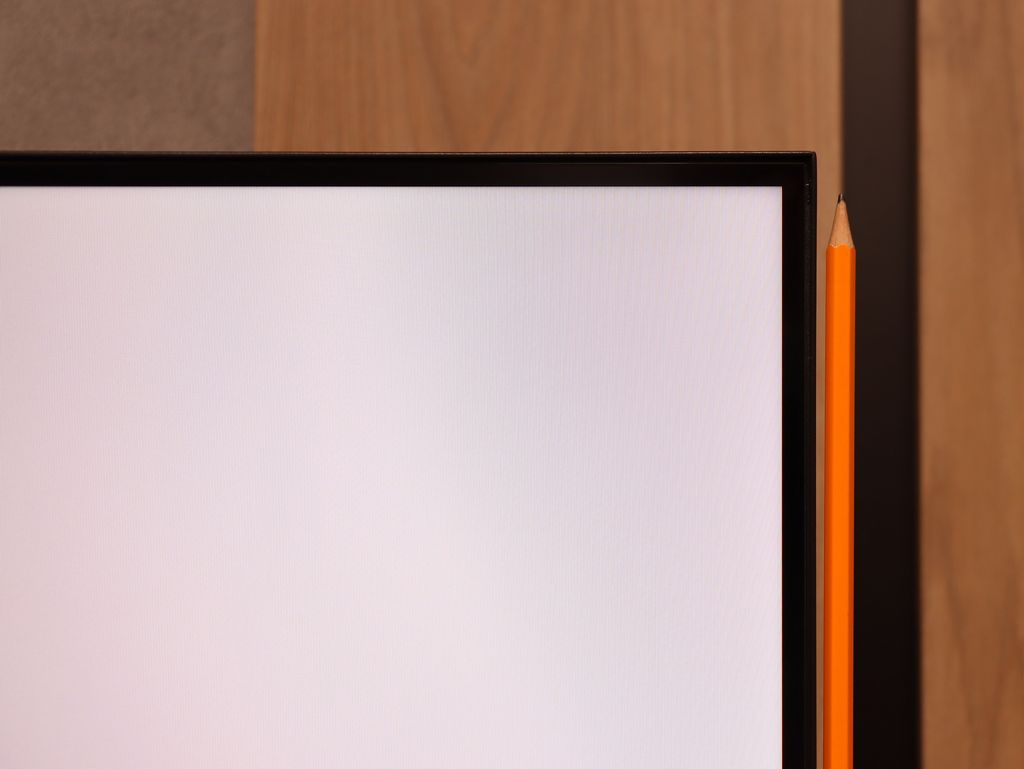
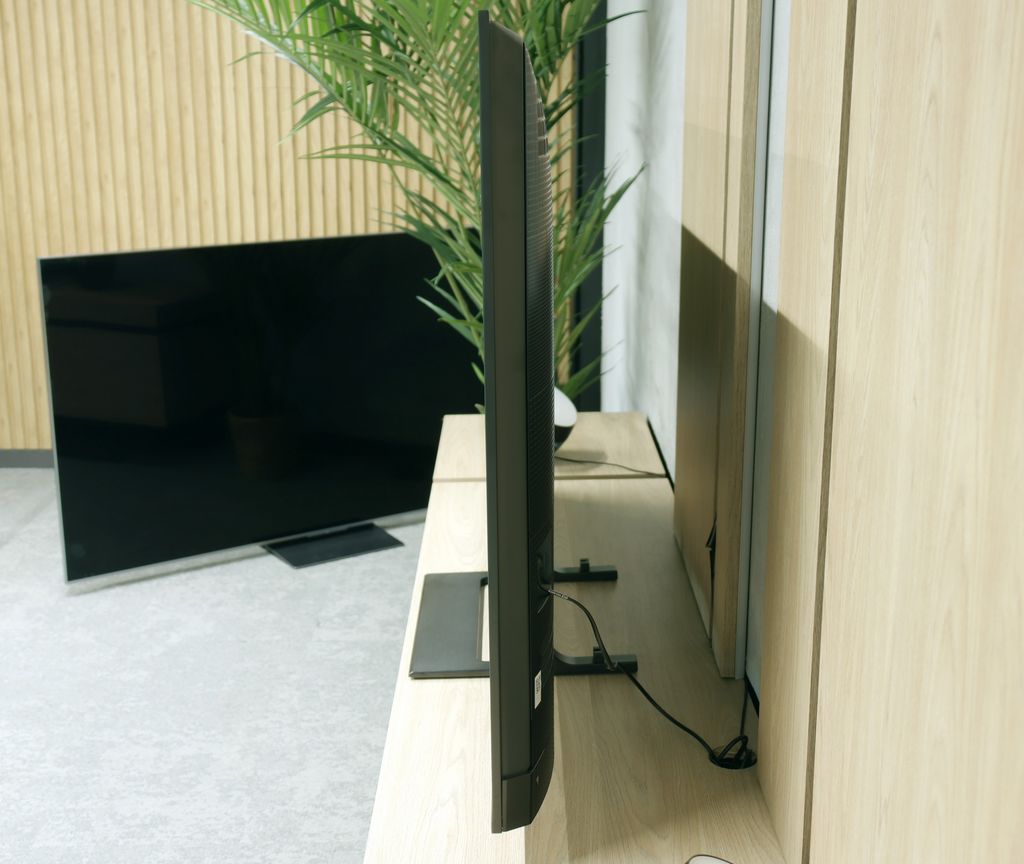
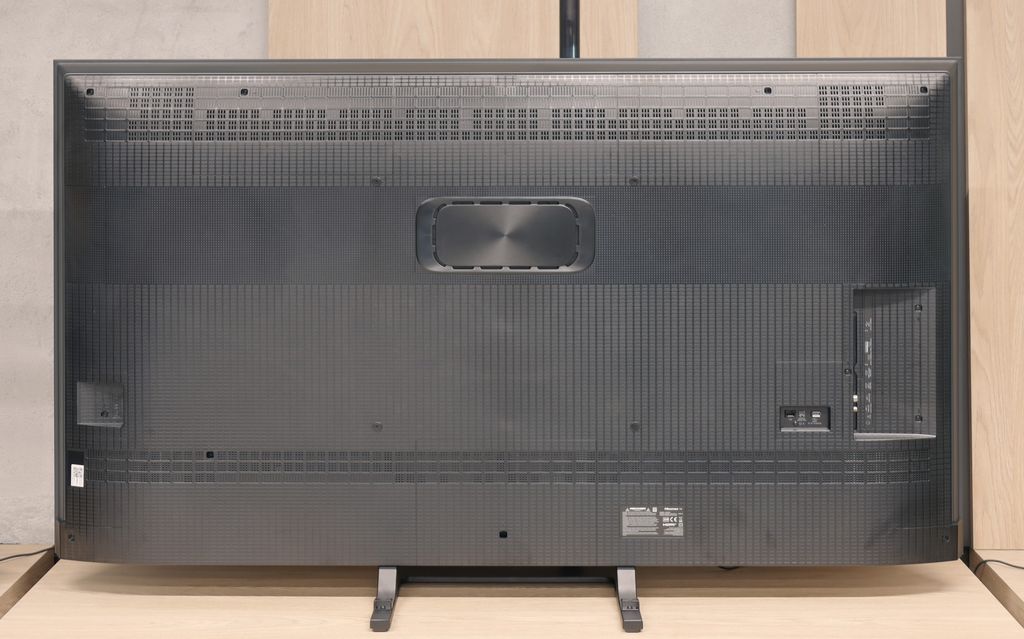
Contrast and black detail
5.6/10
7.5/10
Local dimming function: No
Local dimming function: Yes, number of zones: 220 (10 x 22)
Contrast:

Result
4,200:1

Result
4,800:1

Result
5,100:1

Result
5,300:1

Result
3,850:1

Result
278,000:1

Result
28,800:1

Result
11,100:1

Result
10,800:1

Result
6,250:1
Halo effect and black detail visibility:


Samsung The Frame uses a VA panel, which provides quite a high contrast on its own. In our tests, the results ranged from 4000 to 5000:1, which will be perfectly sufficient for most users. However, the lack of local dimming becomes apparent, especially on more demanding test patterns. In dark scenes, it can be noticed that the black has a slight navy hue. During the day or in a well-lit room, this won't be a problem, but during an evening viewing, more demanding viewers may feel a slight dissatisfaction.
U7Q is a Mini-LED backlit TV – just like the PRO version. What’s the difference? The version without the suffix simply has fewer dimming zones. In our 65-inch model with a VA panel, we counted 220 of them. And while that doesn’t impress as much as in the U7Q PRO, it still looks very good on paper for this price range. Alright, but how does it perform in practice? Surprisingly well. The contrast in the U7Q can reach up to 300,000:1, which provides a really solid black effect. In many scenes, it’s hard to find fault – the image has depth, and the highlights are well separated. Of course, Mini-LED is not OLED – so there are some limitations. In very challenging scenes with many dark details, the TV sometimes either ‘eats’ them, leaving a nice black, or slightly brightens the background, which can create a halo effect. That’s normal in this technology and should be taken into account. Despite these minor drawbacks – the contrast in the U7Q is really good.
HDR effect quality
6.4/10
4.6/10
Luminance measurements in HDR:

Result
679 nit

Result
663 nit

Result
712 nit

Result
698 nit

Result
726 nit

Result
521 nit

Result
160 nit

Result
351 nit

Result
98 nit

Result
674 nit
Scene from the movie “Pan” (about 2800 nits)


Scene from the movie “Billy Lynn” (about 1100 nits)


Static HDR10


Dynamic: HDR10+
Dynamic: Dolby Vision


HDR luminance chart:
Hisense U7Q
Luminancja HDR
Luminance of RGB colors
Samsung The Frame LS03D
Luminancja HDR
Luminance of RGB colors
Samsung The Frame LS03D really does well with brightness. Results at the level of 700 nits make bright elements on the screen look impressive and detailed, whether they illuminate the entire screen or appear as tiny points of light on a dark background. In more demanding scenes, like the fourth sequence from the film Sicario 2, the blacks perform moderately, but we have already discussed this in the section on contrast. However, when it comes to brightness – this television definitely holds its own. An additional advantage is the quantum dot coating, which is QLED technology. Thanks to this, the coverage of the colour palette has been improved, although The Frame does not stand out in this regard compared to the competition.
Since the algorithms responsible for blacks are performing quite well, we expected a similarly good outcome when it comes to brightness and overall HDR quality. Unfortunately, we have to disappoint you a bit here.
The U7Q is quite a bright television – under the best conditions, it can reach around 800 nits, which indeed impresses in some scenes, especially in scenes like those from the movie The Meg. Bright segments can shine, and the HDR effect is noticeable. The problem arises when very small, bright elements appear on a dark background – for example, in Sicario 2 or in the second scene from Life of Pi. At such moments, the dimming algorithms operate too aggressively. Yes, the blacks look great at that point, but the brightest spots can almost completely disappear, causing the HDR effect to vanish and details to be barely visible. That’s just the charm of this technology in this price segment.
As a consolation, it is worth mentioning that the U7Q is marketed as a QLED (in practice, a PFS layer is used, which operates very similarly), and it can indeed display a wide colour gamut – a DCI-P3 coverage of around 94% is a very good result for this class.
Factory color reproduction
7/10
6.3/10


Factory Mode
After calibration
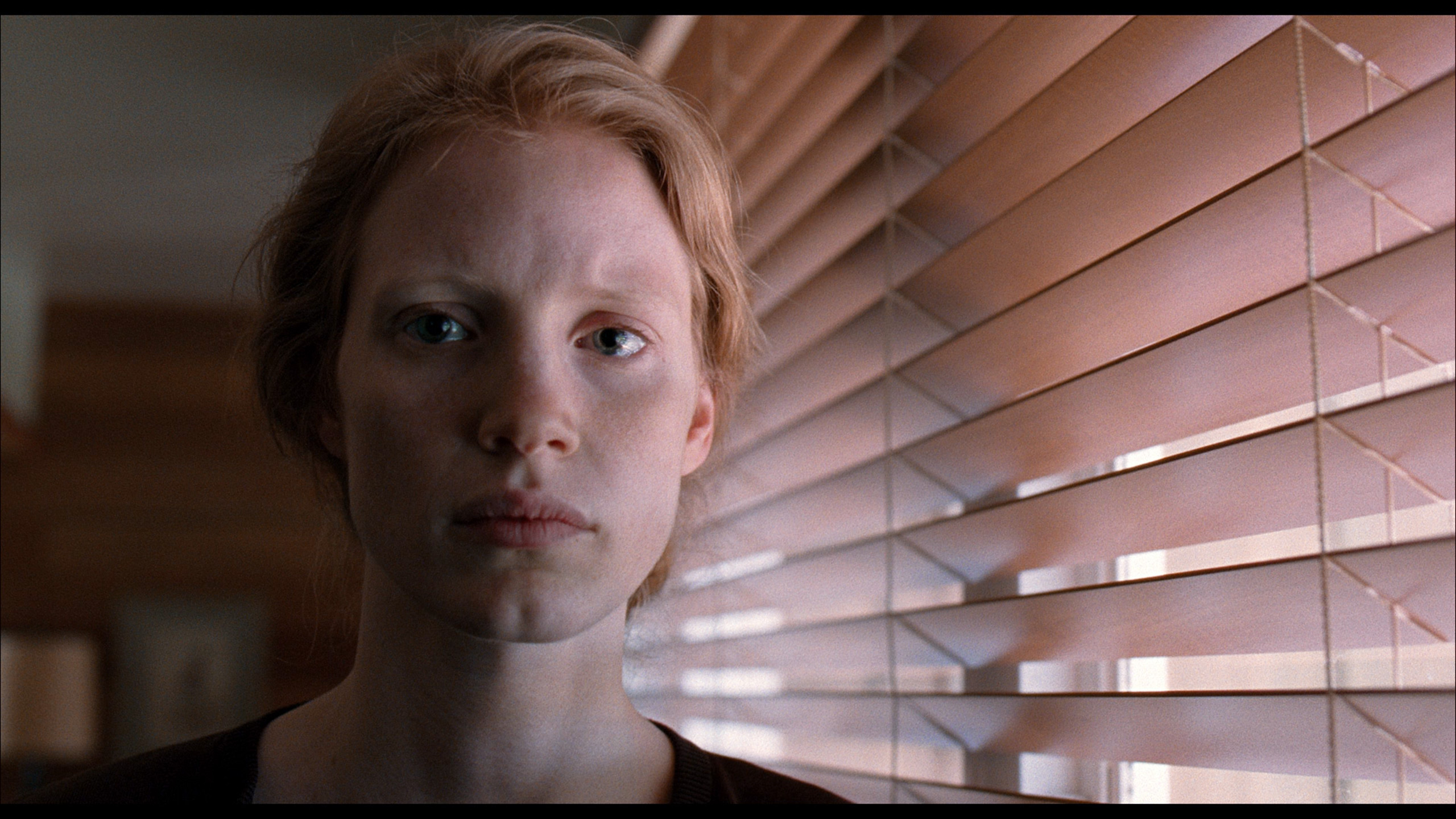
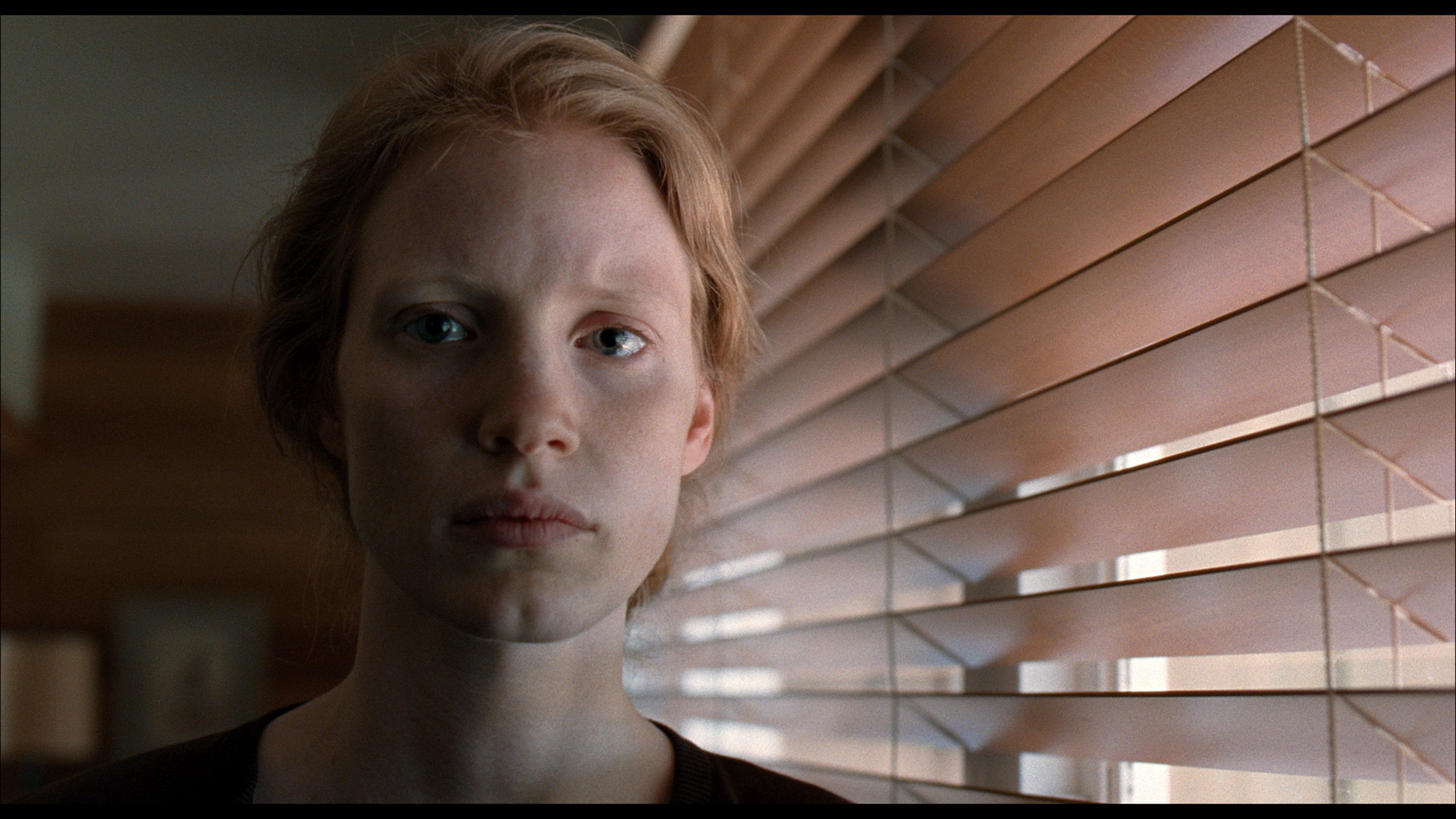
Factory Mode
After calibration
Samsung offers several picture modes in its televisions, but without a doubt, Filmmaker Mode is the one that should provide the most natural representation of content. Unfortunately, as often happens with mass production, the differences between individual units can be quite significant, and our tested model did not escape a few issues.
In the case of SDR content, the white balance leaned heavily towards red, with a slight boost in blue. This effect was particularly noticeable in comparison photos – for example, in a photograph of a boy whose face was unnaturally flushed. The gamma, or brightness characteristic, also did not perform perfectly – the image was slightly brightened, which robbed it of depth.
In 4K HDR content, the white balance was once again dominated by red, this time combined with green. Meanwhile, blue clearly lost intensity, which could easily be seen on the Color Checker palette, where the colours began to "escape" in the wrong direction. The EOTF curve, responsible for brightness in HDR content, showed that the television tended to overly brighten the image, particularly in the darkest elements of scenes.
Overall, while it did not look terrible, it definitely required correction. Fortunately, Samsung offers extensive calibration options, which provides a chance for a significant improvement in picture quality. Therefore, we proceeded with professional calibration to unlock the full potential of this television.
We tested the U7Q in the best possible picture mode, which is Filmmaker Mode. This mode is supposed to provide the most "cinematic" experience that aligns with the creators' intentions – straight out of the box. Unfortunately… even this professionally sounding name doesn’t guarantee a perfect image.
In our unit, the problem lay in the poorly set white balance. In both HD and 4K content, the image had too much blue and red, resulting in a slightly pinkish hue on the screen. It didn’t look terrible, but it was noticeable – especially in bright scenes and on white backgrounds. That alone could have been forgiven, but the biggest issue is managing brightness in HDR content. The EOTF curve from the measurements confirms what we saw earlier during scene tests: the television can overly dim the smallest bright elements, causing them to nearly disappear, or conversely – excessively brighten the brightest parts, which affects the naturalness of the image.
Color reproduction after calibration
8.1/10
7.4/10

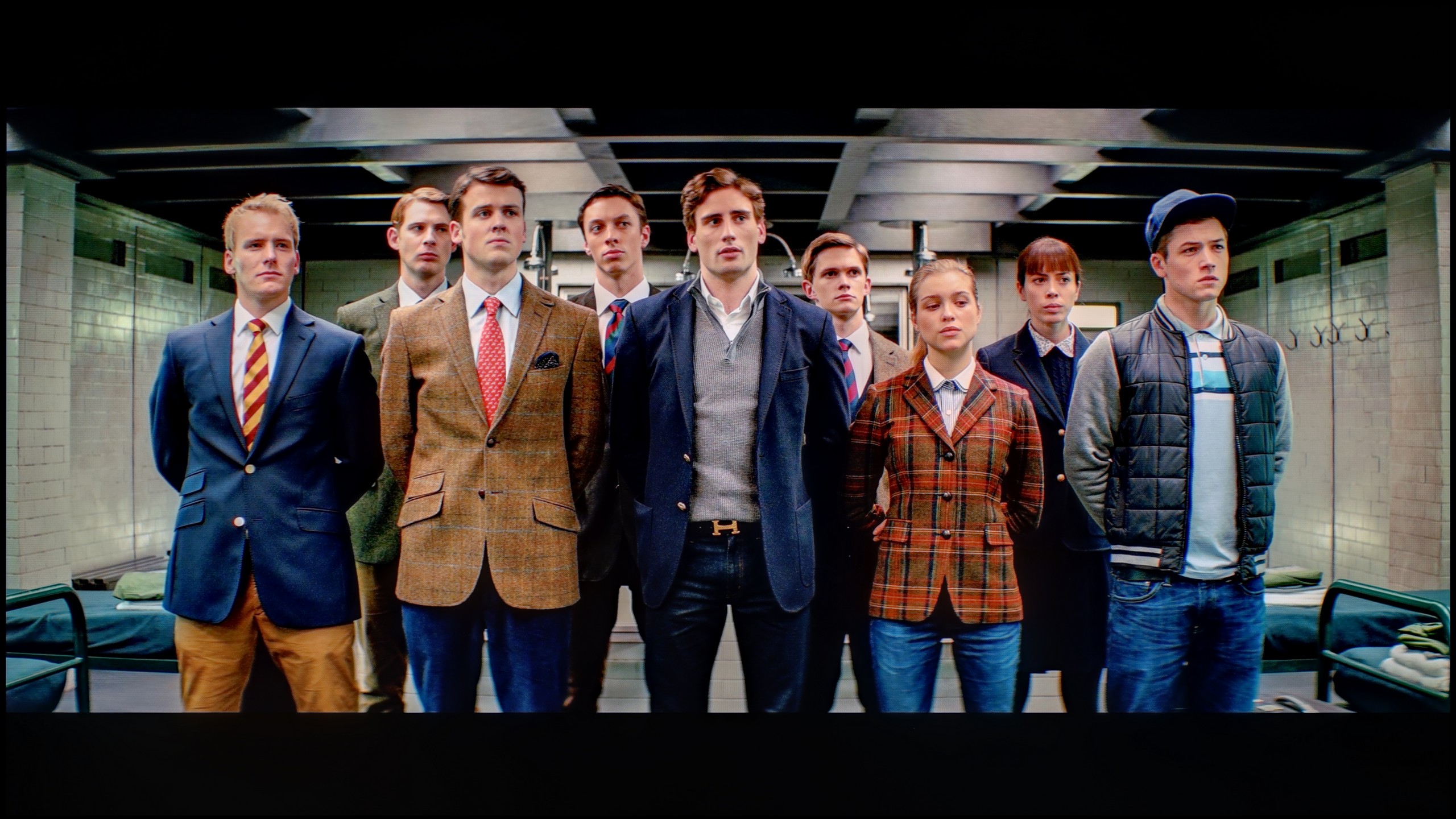

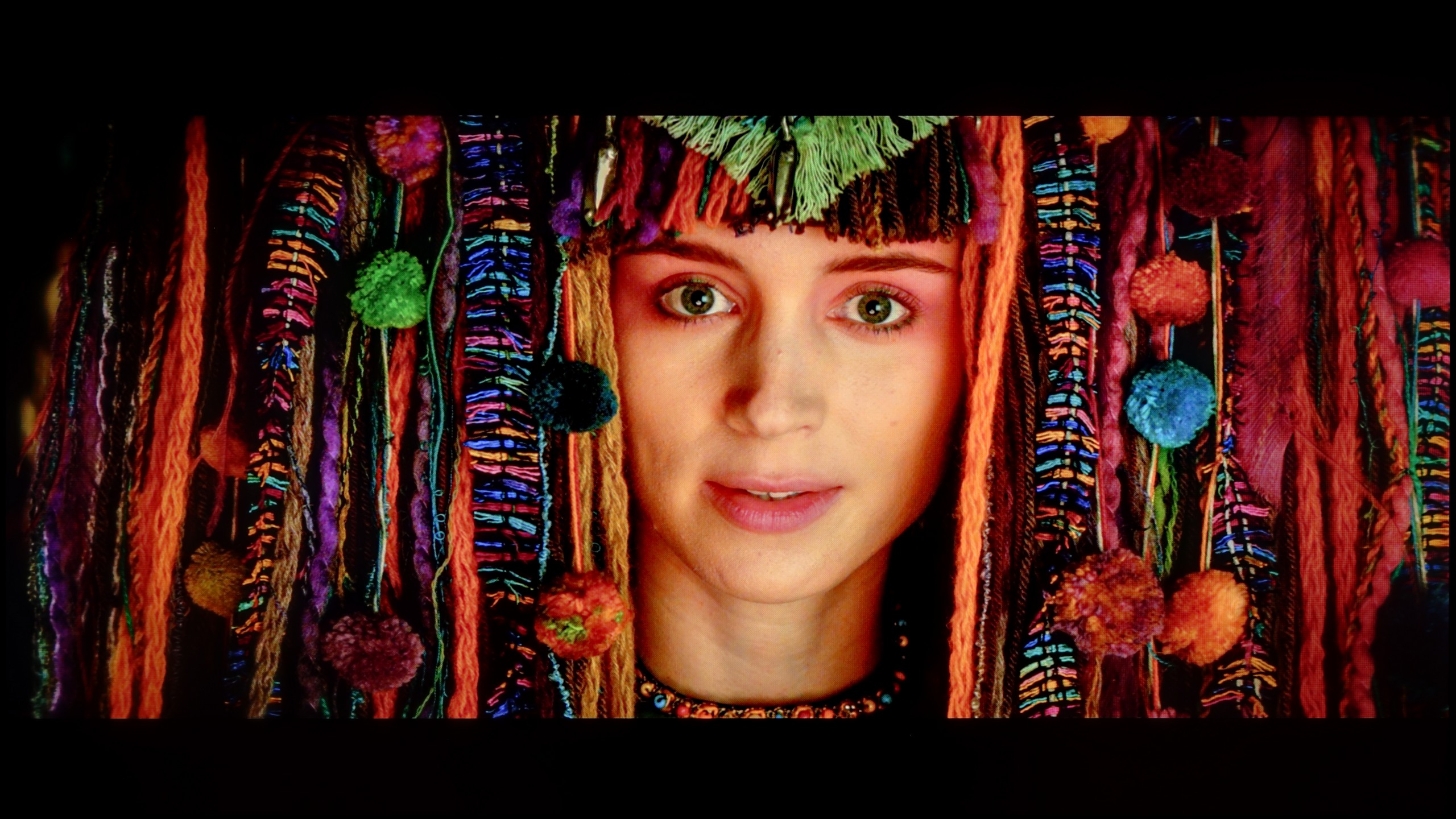
After professional calibration, the Filmmaker Mode showcases its full potential. The white balance in HD content is exemplary – errors at the level of 0.5 indicate almost perfect accuracy in colour reproduction. The image now appears natural, and the colours are exactly as they should be. In 4K HDR content, the effect is not quite as perfect, but it still maintains a really high standard. The colours are vibrant, well-saturated, and the overall image quality is impressive.
So where does the problem lie, given our praise for the colour reproduction? Unfortunately, the entire experience is disrupted by the brightness characteristics. The gamma in HD content looks decent, but in 4K HDR, it’s not as good. The EOTF curve shows that the television excessively brightens certain parts of the image, which is a result of design limitations. The lack of local dimming means that the television is unable to accurately control the differences between the brightest and darkest areas of the screen. This is a barrier that simply cannot be overcome in this model.
Nonetheless, after calibration, Samsung The Frame LS03D offers excellent colour reproduction, particularly in HD content, and the overall look is significantly better than before the settings were adjusted.
Thanks to specialist tools, we managed to correct the colour quality in SDR content to almost perfection. In materials with lower dynamics, delta E errors dropped below 0.5, which can be considered an almost reference result. The picture on television, YouTube, or classic Full HD looks really good after calibration. Well then – but where was it not so easy to improve the image? Primarily it concerns HDR quality content. Although we managed to somewhat "tame" the white balance and eliminate pink tints in most scenes, unfortunately, we did not have full control over brightness management. We set the local dimming settings according to the best observations – SDR: Medium, HDR: High – but the U7Q still did everything a bit its own way. There were still cases of overly strong dimming or brightening of details that calibration simply could not eliminate. And although the overall reception of content is much better, one must reckon that the U7Q will always have something to say at the end with "but".
Smoothness of tonal transitions
9.7/10
9.9/10





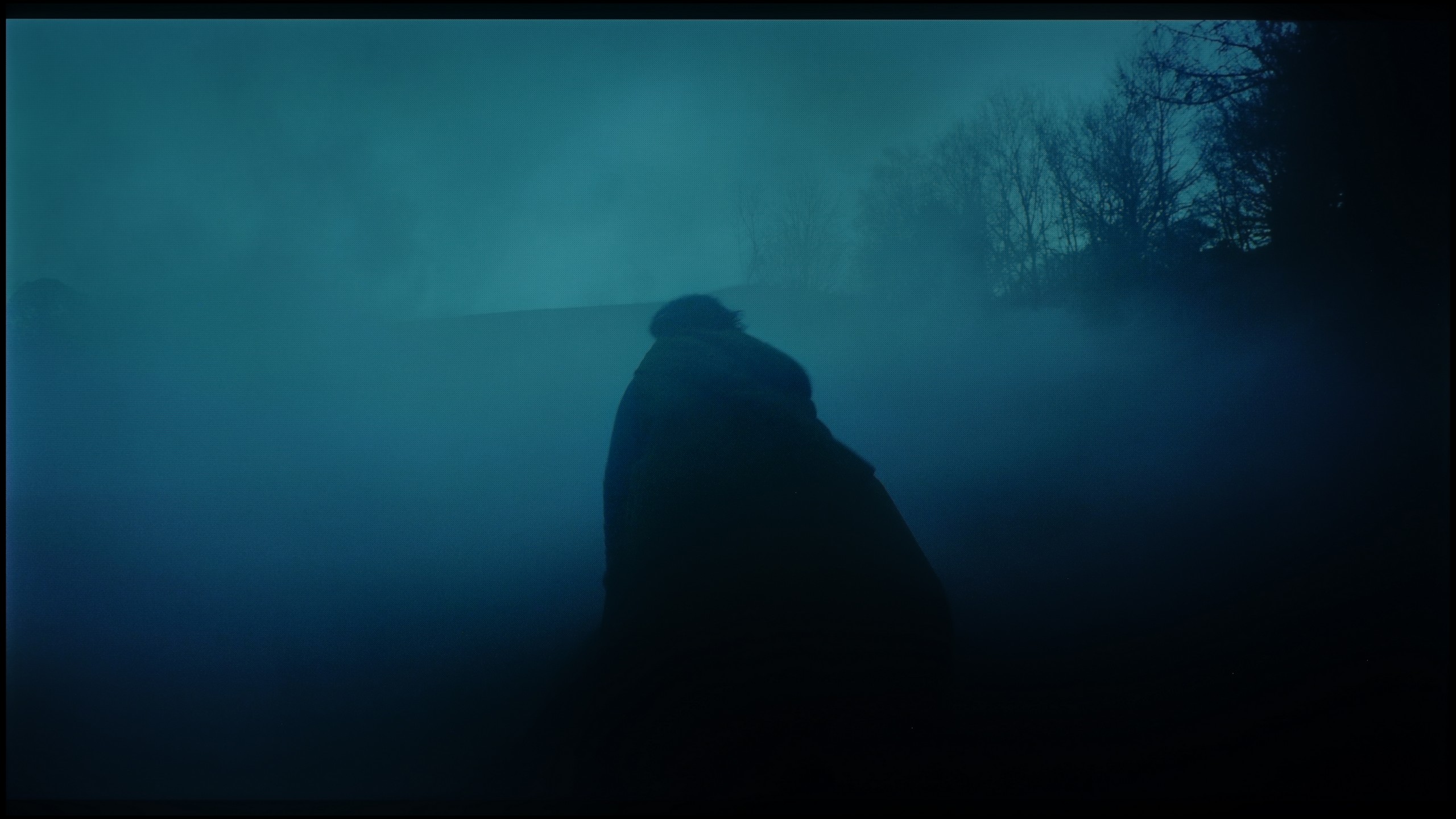






This is one of the best televisions we've had the opportunity to test in terms of the smoothness of tonal transitions. Any potential imperfections are so minor that you really have to strain your eyes to notice them. They are subtle enough that we only deducted a symbolic fraction of points in this category. Undoubtedly, this is one of the greatest advantages of this model. It's possible that such a good effect is partly due to the matte screen coating, which gently masks any irregularities in colour gradation. The smoothness of tonal transitions in Samsung The Frame LS03D is at a level that will satisfy even exceptionally demanding users. Kudos to LS03D!
U7Q performs exceptionally when it comes to tonal transitions – we can confidently say that it’s nearly at a reference level, which is why this television receives one of the highest possible ratings from us in this category. The colour blends are smooth, clear, without any noticeable banding. In most scenes, everything looks just perfect, and any minor imperfections may only appear in very specific shots – though we hardly noticed them during testing.
Image scaling and smoothness of tonal transitions
7.1/10
6/10
Smooth transition function

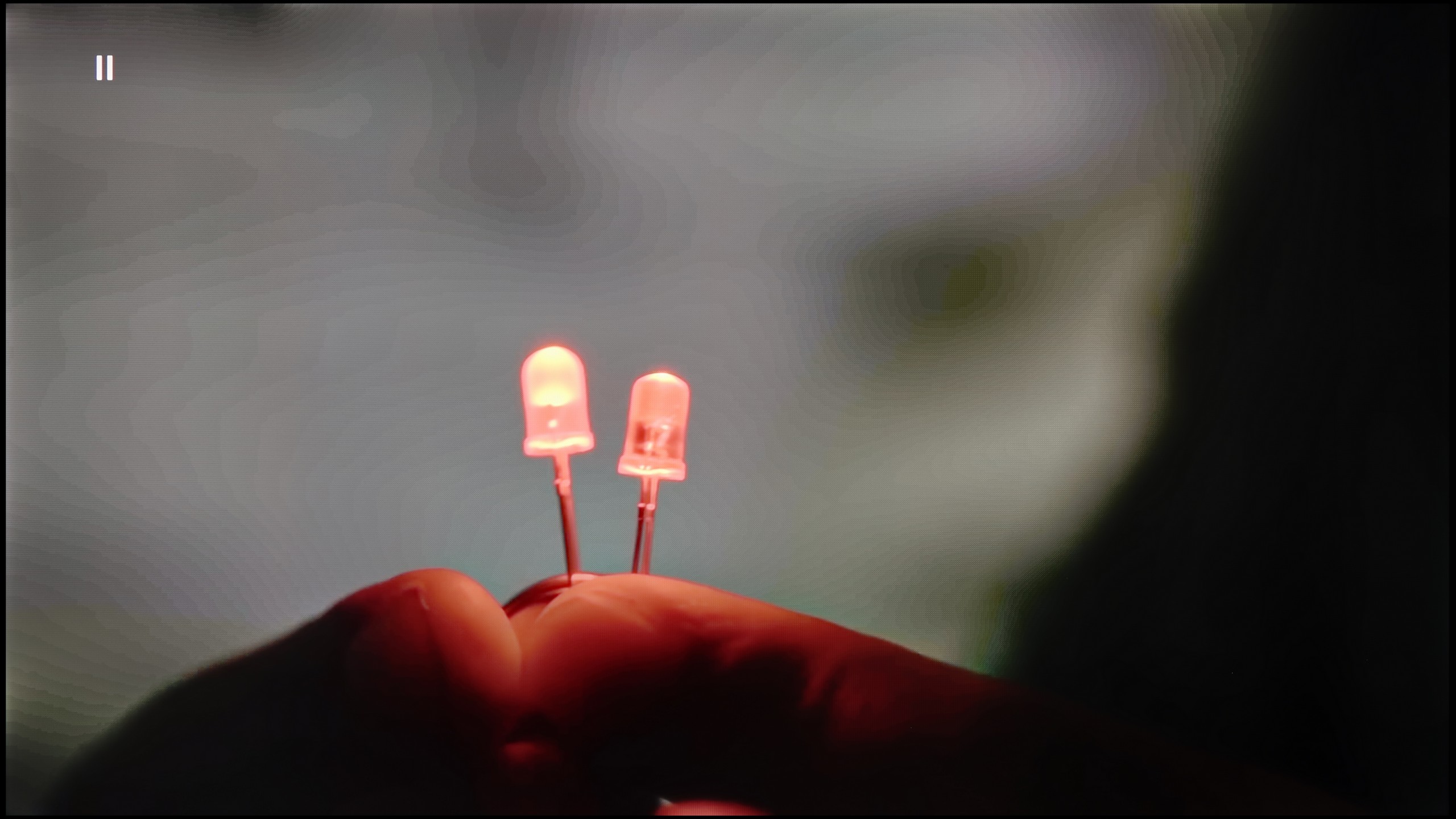
Image without overscan on the SD signal


It's time to check how Samsung The Frame LS03D copes with older, lower-quality materials. We already know that the smoothness of tonal transitions is at a very high level, so we were curious to see how the TV would handle smoothing them out.
The noise reduction feature in the “Standard” setting does its job well – tonal transitions are noticeably smoothed out, and the image doesn’t lose too much detail. However, it’s worth noting that this effect also smooths out film grain, so its usage will be a matter of individual preference.
When it comes to image scaling, the TV performed really well too. The tested image came out solid – the model was accurately represented, with clear details. The branches in the background, although slightly frayed in places, generally look natural and do not stand out as a flaw.
There are situations where we would like to smooth out tonal transitions a bit, especially in older materials – those with limited source quality. The U7Q has been equipped with a feature called “Smooth and Gradient Image,” but unfortunately… it works very poorly. In the “Low” option, the effects are practically unnoticeable, and other settings smooth out the details but don’t improve tonal transitions. The only positive thing is that the feature doesn’t interfere with the film grain, so it doesn’t ruin the natural structure of the image.
Fortunately, content scaling performs quite well. The image is not overly sharpened, there is no artificial clarity – and while it’s known that this isn’t the level of high-end TVs, the U7Q has no problem displaying really old content in a completely acceptable manner.
Blur and motion smoothness
6.4/10
7.5/10


Blur (native resolution, maximum refresh rate):




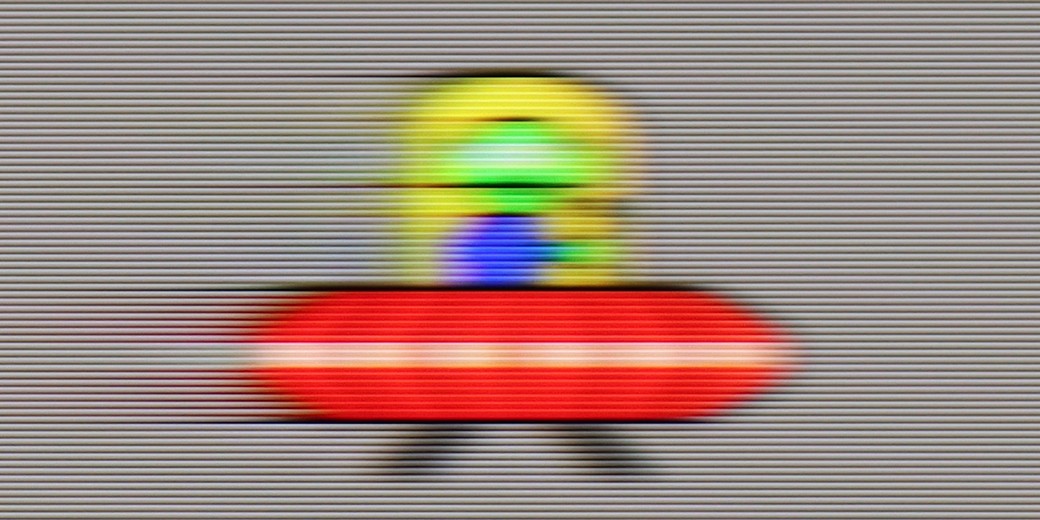
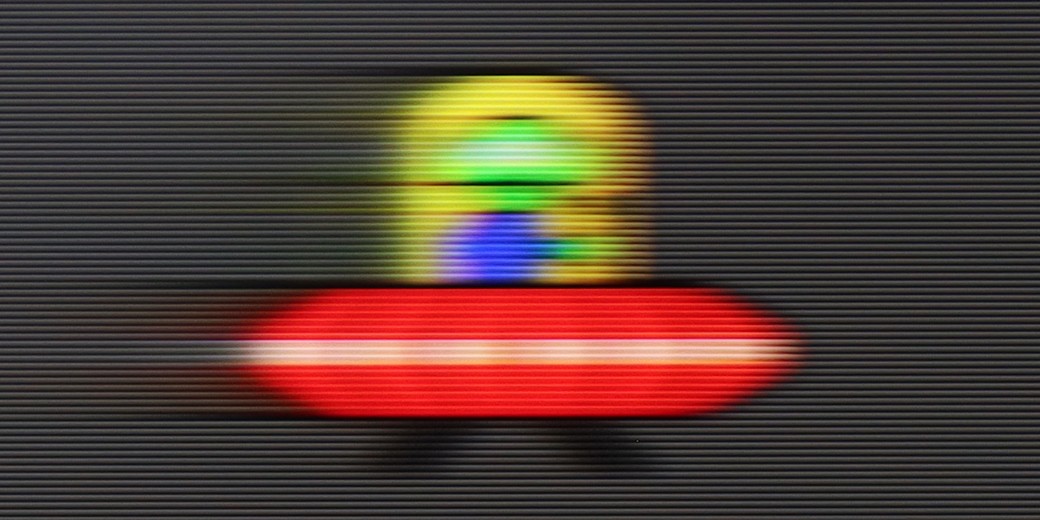
Blur (BFI function enabled):
Image flickers in this mode



Smużenie ():
Smużenie (1080p 240Hz):
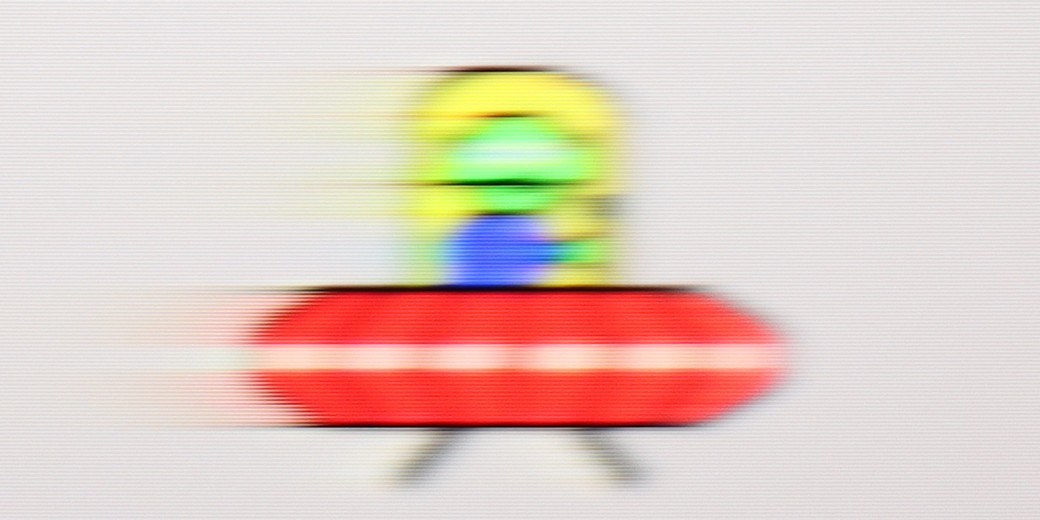
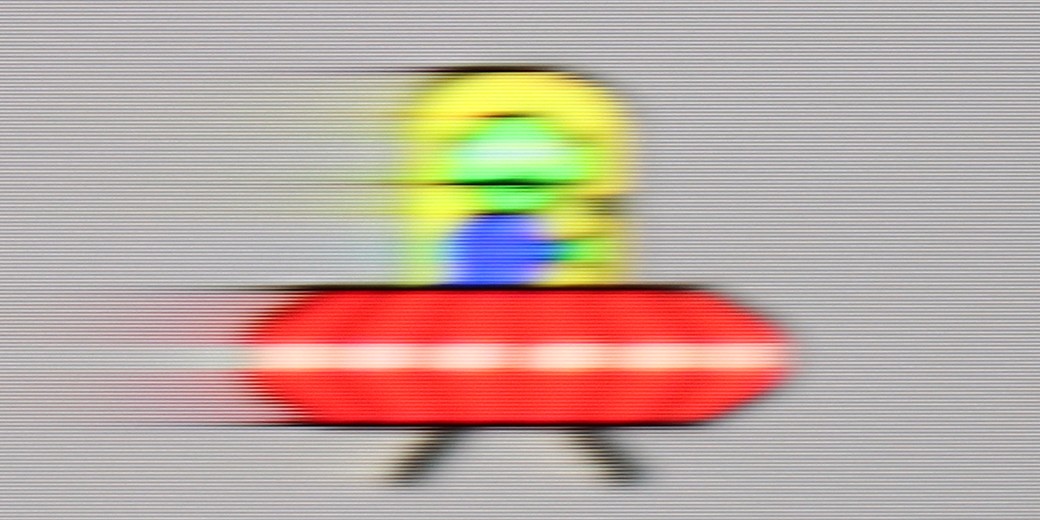
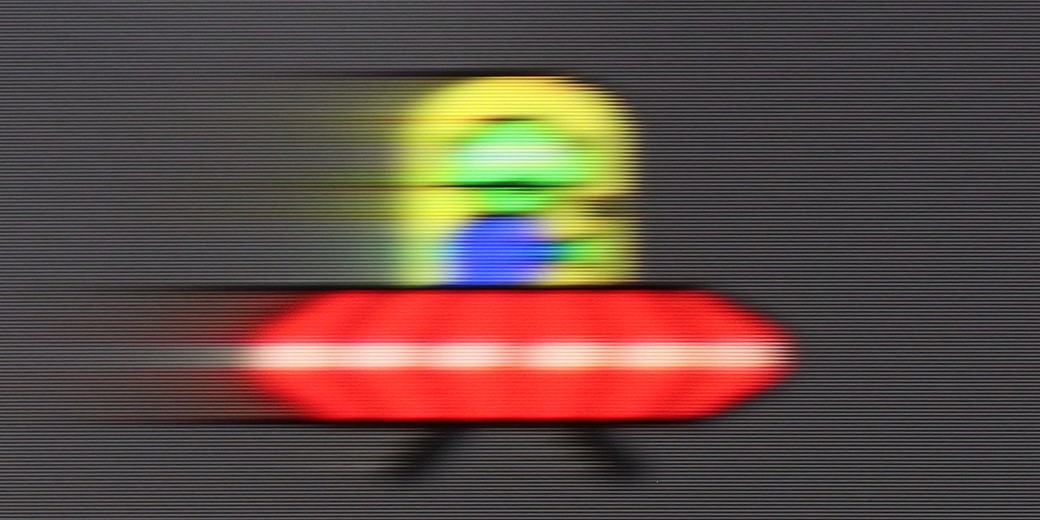
To start off, it’s worth noting that the model we tested in the 55-inch size, along with the 65, 75, and 85-inch versions, is equipped with a 120 Hz panel. Unfortunately, the 43 and 50-inch variants of this series only offer 60 Hz panels, which is worth considering when making a purchase. In terms of improving motion fluidity, the TV offers a feature called “Image Clarity.” This is a classic motion smoother that gives users the ability to adjust using two sliders:
Blur Reduction – this controls image sharpening during dynamic scenes. The higher the value, the less blurring occurs during fast camera moves or moving objects. However, setting it too aggressively can make the image look unnatural and resemble a “soap opera.”
Judder Reduction – this slider affects the smoothness of frame playback, especially in materials with lower frame rates, such as movies (24 fps). Higher settings can smooth out motion but can also lead to excessive “plasticity” of the image.
Both sliders operate on a scale from 0 to 10, allowing for precise adjustment of the effect to personal preferences. It’s a good idea to experiment with the settings to find the perfect balance between fluidity and a natural look for the image. We recommend setting them as shown in the picture.
U7Q is a truly fast TV, much like its more powerful version “PRO”. At 4K resolution, it supports up to 144 Hz refresh rate, and if someone wants even more – in Full HD, you can achieve up to 240 Hz! This will mainly benefit PC gamers, but it’s worth appreciating – it’s a rare feature in this price segment. Right from the start, it’s clear that the U7Q has been designed with dynamic content in mind, such as games or sports. In films, we’re not left “out in the cold” either – the U7Q offers an “Ultra Motion Smoothness” feature, where with two sliders, you can adjust whether you want a smoother, theatrical picture, or something closer to cinematic style with a visible frame. It’s good that, like most manufacturers, we have a choice here and can customise it to our own preferences.
Console compatibility and gaming features
8.8/10
8.5/10
- ALLM
- VRR
- VRR range48 - 120Hz48 - 240Hz
- Dolby Vision Game Mode
- Correct implementation of HGIG
- 1080p@120Hz
- 1440p@120Hz
- 4K@120Hz
- Game bar



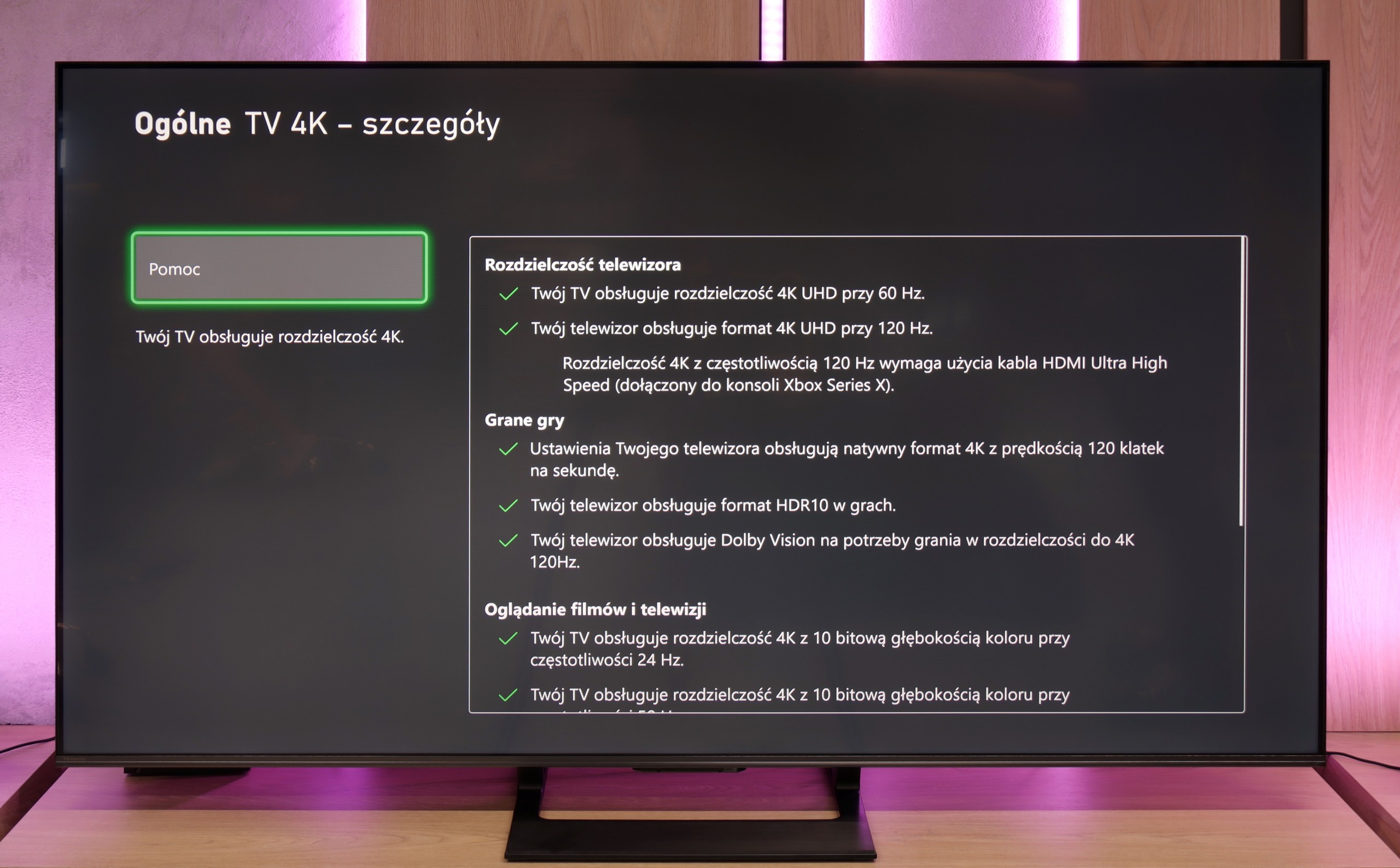



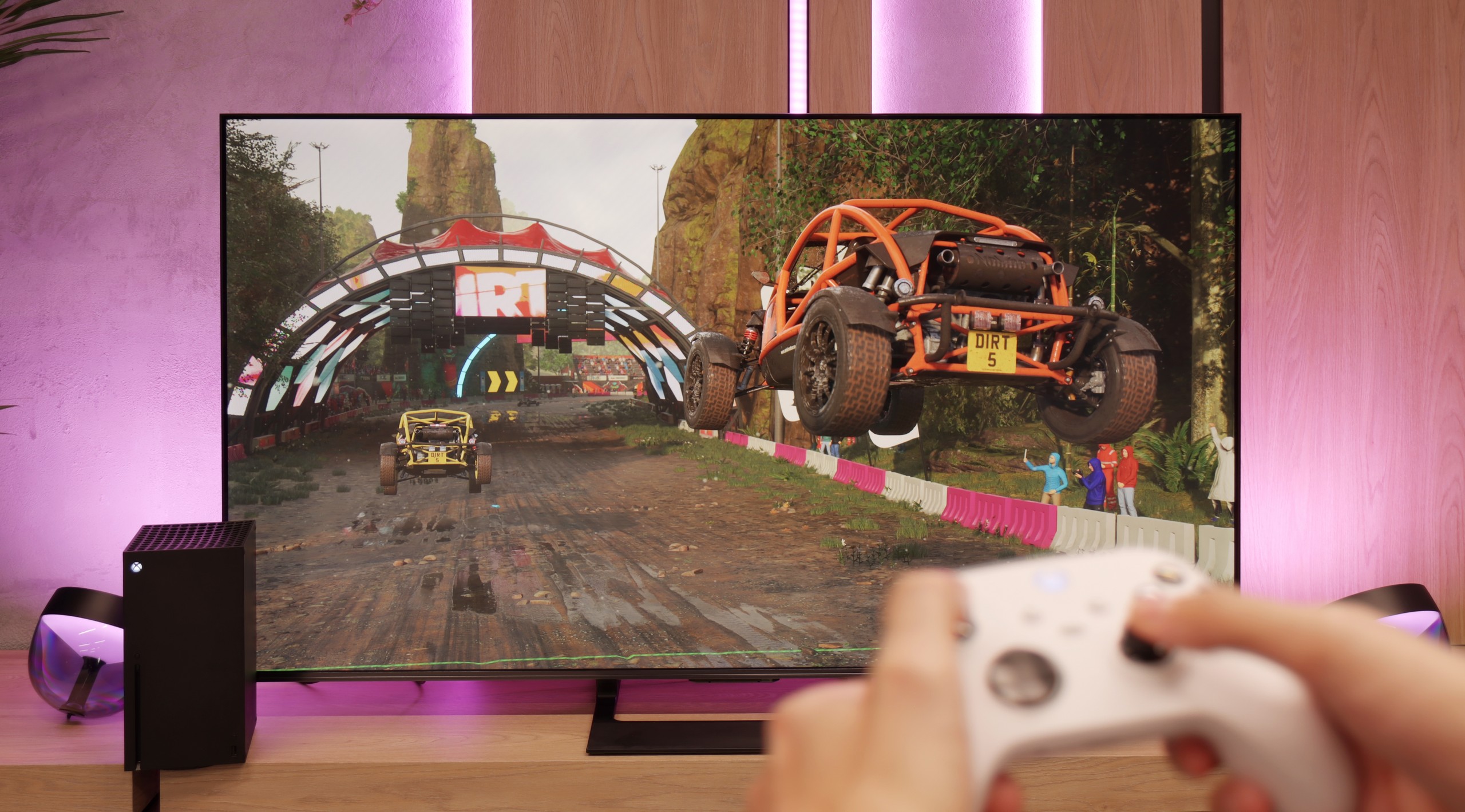
The Frame LS03D in the 2024 version is equipped with four HDMI ports, but only one supports the 2.1 standard with a bandwidth of 40 Gb/s. This is important information if we plan to connect more than one device that requires a 4K@120 Hz signal – for example, two consoles or a console and a gaming PC.
In terms of features for gamers, The Frame truly has a lot to boast about. We have ALLM (Auto Low Latency Mode), VRR (Variable Refresh Rate) and HGiG. It’s worth mentioning that HGiG has been very well implemented here, which is particularly important as the television does not support Dolby Vision in games (which is only available on Xbox consoles). In this case, HGiG turns out to be a better standard for gaming.
Samsung hasn't forgotten about features that enhance the gaming experience. Game Bar is an expanded panel for gamers that allows quick adjustment of screen settings without having to dig through the television menu. We can even change the aspect ratio from 16:9 to the panoramic 21:9, which can be a significant advantage for some gamers.
However, Samsung's biggest ace up its sleeve is the Game Motion Plus feature. This is a special smoother dedicated to games that adds additional frames of animation without significantly affecting input lag. The effect is really noticeable – the image seems much smoother, which will be particularly appreciated by fans of dynamic titles.
In summary – Samsung The Frame LS03D is a television that offers a solid set of features for gamers. Although the limitation to one HDMI 2.1 port may be a downside, the rest of the solutions make gaming on this television a truly enjoyable experience.
The Hisense U7Q is a TV designed with gamers in mind – and you can see that straight away with its gaming capabilities. It has practically everything you could wish for: Variable Refresh Rate (VRR) – check, Auto Low Latency Mode (ALLM) – check, and high refresh rates of up to 240 Hz in Full HD, along with support for various resolutions, not just 4K. It’s truly an impressive set of features that makes the U7Q perform well with both fast-paced shooters on consoles and more demanding titles on PC. Of course – like most Hisense models – it lacks a proper implementation of the HGiG feature. It’s a shame because HGiG allows the console's brightness to be adjusted to the specific TV, which in practice makes it easier to display HDR games according to the creators' intentions. Without this, you just have to deal with some limitations in the final HDR image in games.
Input lag
10/10
9.7/10
SDR
HDR
Dolby Vision
When it comes to latency, The Frame LS03D truly impresses. 13 ms with 60 Hz content and 8 ms at 120 Hz are results that will satisfy even the most demanding gamers. Such low values make the reactions to controller movements almost instantaneous. In dynamic games like shooters or racing, every fraction of a second counts – here, Samsung LS03D performs superbly.
The input lag on the U7Q is really impressive. With 120 Hz content, we achieved around 9 ms, and with 60 Hz – around 17 ms. These are fantastic results that make the TV great for even dynamic games requiring quick responses. It’s hard to fault anything here. Of course, as is often the case, the Dolby Vision mode in games seems a bit slower compared to standard SDR or HDR. This will be mainly noticeable for Xbox Series X/S console users, who are the only ones supporting Dolby Vision Gaming. Fortunately, the input lag still remains below 30 ms, so in practice, this is still an acceptable level even for more demanding gamers.
Compatibility with PC
7.6/10
8.6/10

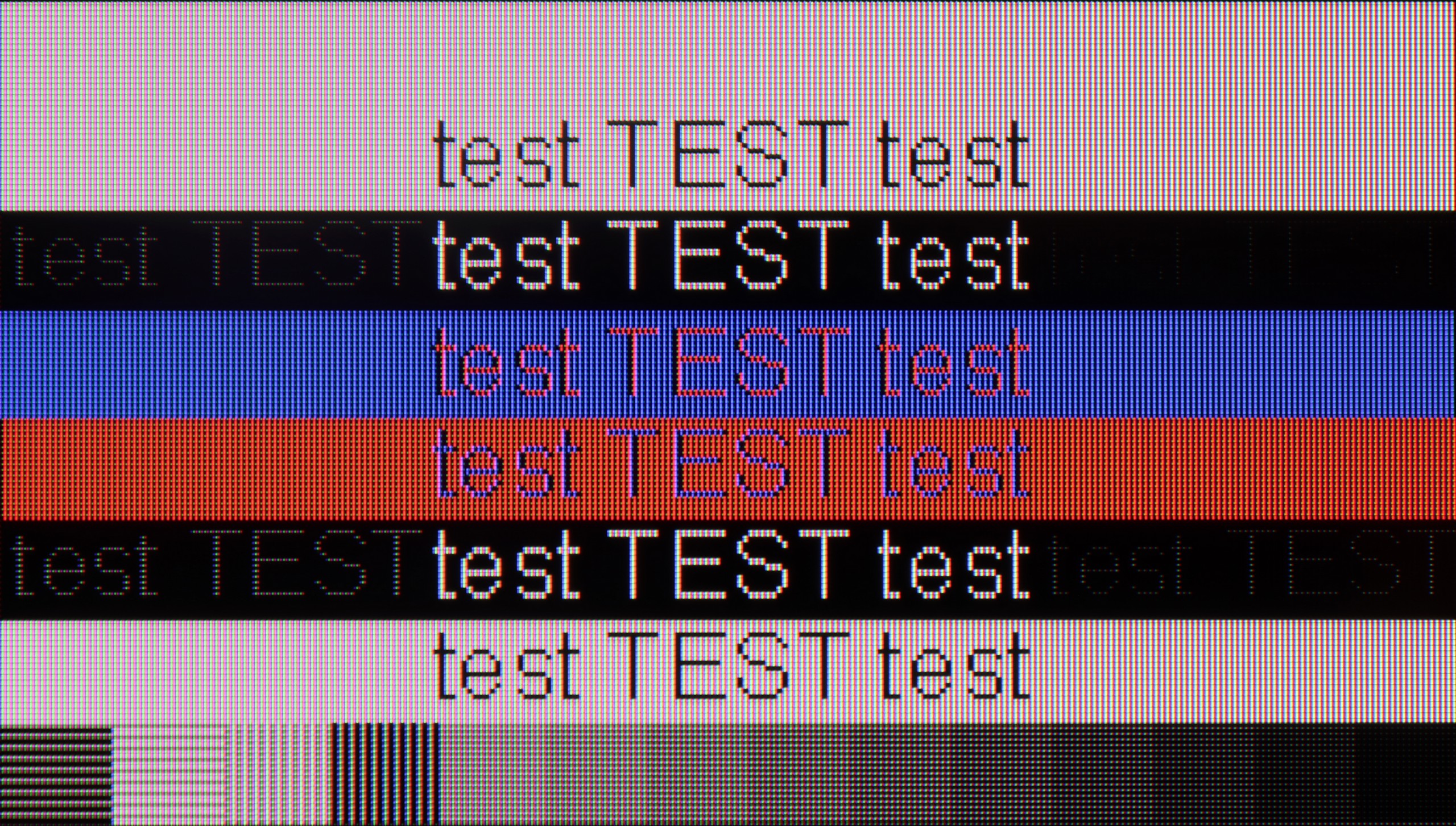
Using a computer on The Frame is truly a pleasant experience. The fonts are clear and well-reproduced thanks to the 4:4:4 chroma support. There's no blurring or fuzziness that often occurs in cheaper TVs. Of course, if someone is really scrutinising small texts, they might notice minimal imperfections, but that’s really a minor issue that doesn’t interfere with daily tasks. It's also suitable for gaming on PC. The 120 Hz panel, support for G-Sync, and really low input lag ensure that games run smoothly and without delays.
The U7Q communicates great with the computer. For gamers, this is fantastic news – we have high refresh rates, low input lag, and G-SYNC support, making gaming from a PC an absolute pleasure. But the U7Q also performs well in everyday tasks. If someone uses a computer for text, web browsing, or office work – there’s nothing to nitpick about. The TV correctly handles chroma 4:4:4, so fonts look sharp and clear, without blurring or strange outlines. Both small and capital letters are simply legible – just as they should be.
Viewing angles
3.3/10
3/10
The viewing angles on the Samsung The Frame LS03D are average, which is typical for a VA panel. And here lies a bit of a hitch – this television is supposed to serve as a display for images and artworks, which are not always viewed straight on. When viewed at an angle, colours begin to lose their intensity, and blacks turn into shades of grey. It isn’t a level that completely ruins the viewing experience, but if the television is set up in a spot where it will often be watched from the side, the effect may be noticeable. It’s a shame, because better viewing angles in a television designed for such a purpose would be a great advantage.
The viewing angles on the U7Q are rather weak – that's just typical for VA panel characteristics. Directly in front, everything looks very good: blacks are deep, colours are saturated, and the contrast is high. But just moving slightly to the side is enough for the picture to start losing quality – colours become paler, and blacks begin to resemble dark grey. Compared to TVs with IPS panels, the U7Q performs worse, although on the other hand, it compensates with better contrast and deeper blacks.
TV efficiency during daytime
6.5/10
6.2/10

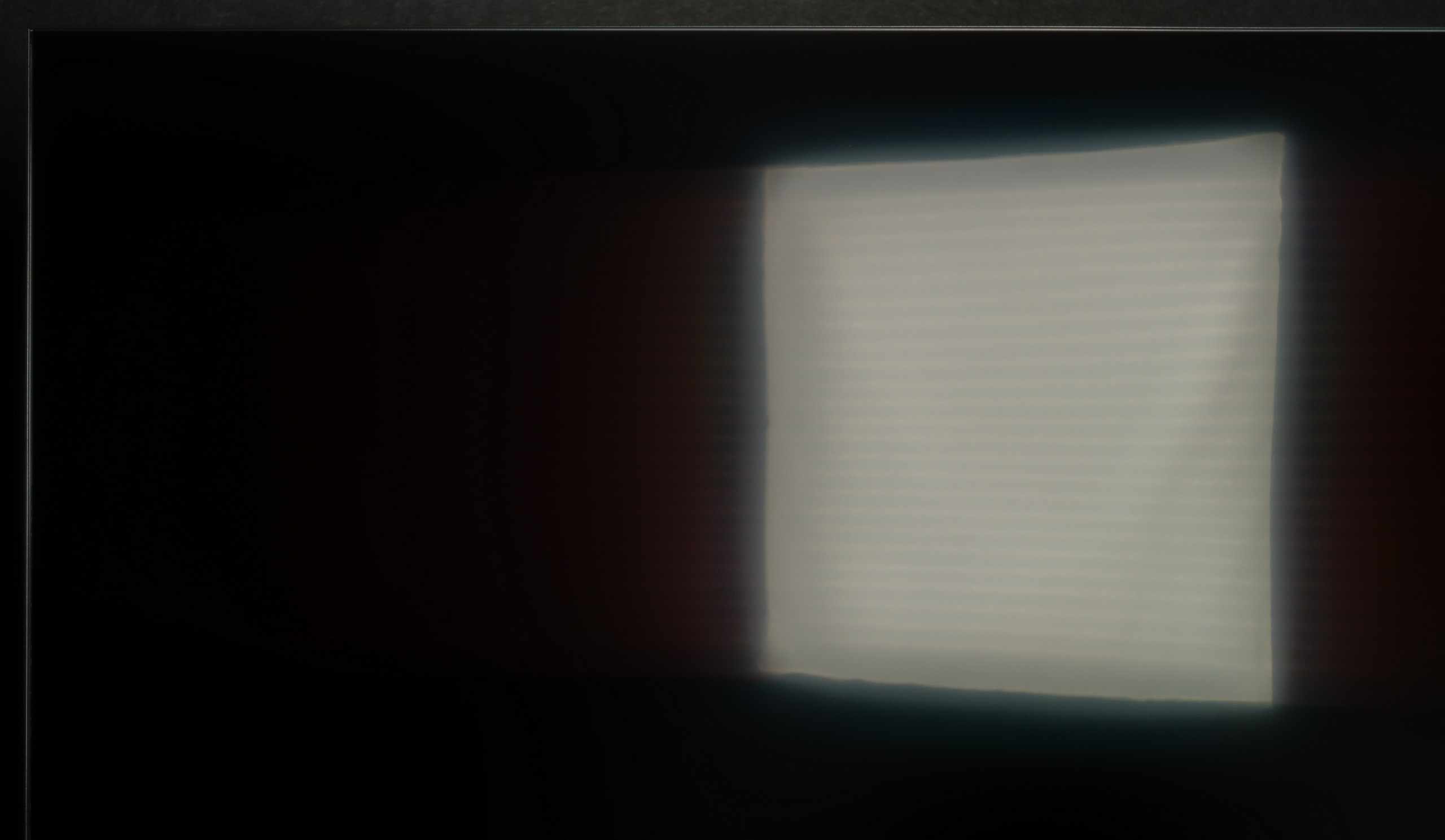

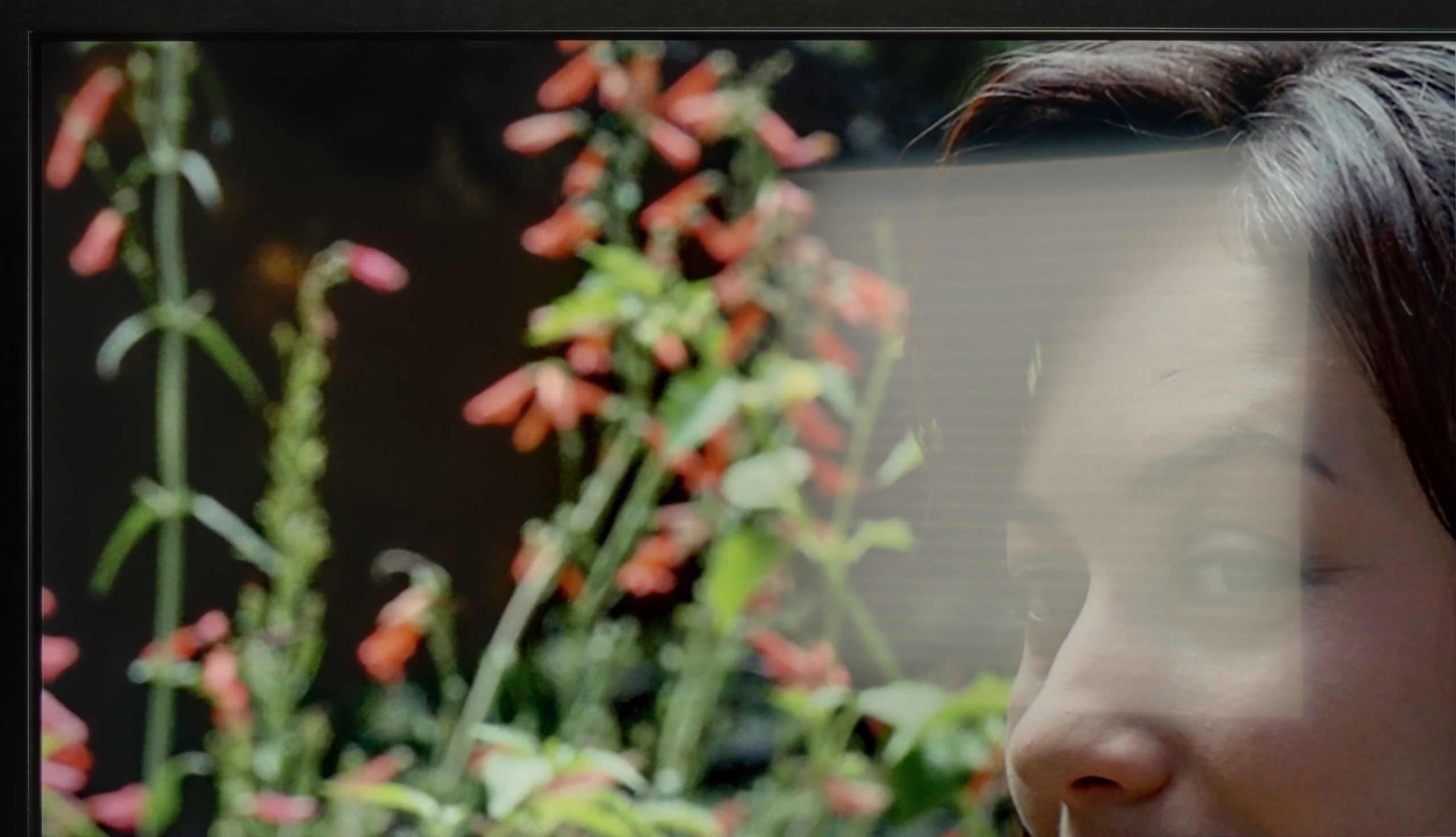
Matrix brightness
Average luminance SDR
Hisense U7Q: 519 cd/m2
Samsung The Frame LS03D : 645 cd/m2
Samsung The Frame has been equipped with a matte panel that effectively manages to reduce direct light reflections. This means that even in a brightly lit room, the image remains clear, and reflections do not interfere with viewing. Of course, as is often the case with matte finishes, there are trade-offs – colours lose some of their intensity, and black appears more washed out during the day. Fortunately, the television compensates for this with a brightness level of 650 cd/m². This ensures that the image is bright, sharp, and easily visible even in a well-lit room.
The U7Q performs quite well in sunny rooms. Brightness in SDR mode averages around 520 nits, which practically means that even on a sunny day, you can comfortably watch television without the feeling that everything is drowning in reflections. Additionally, thanks to the satin coating on the panel, the television handles reflections well.
Details about the matrix
Subpixel Structure:

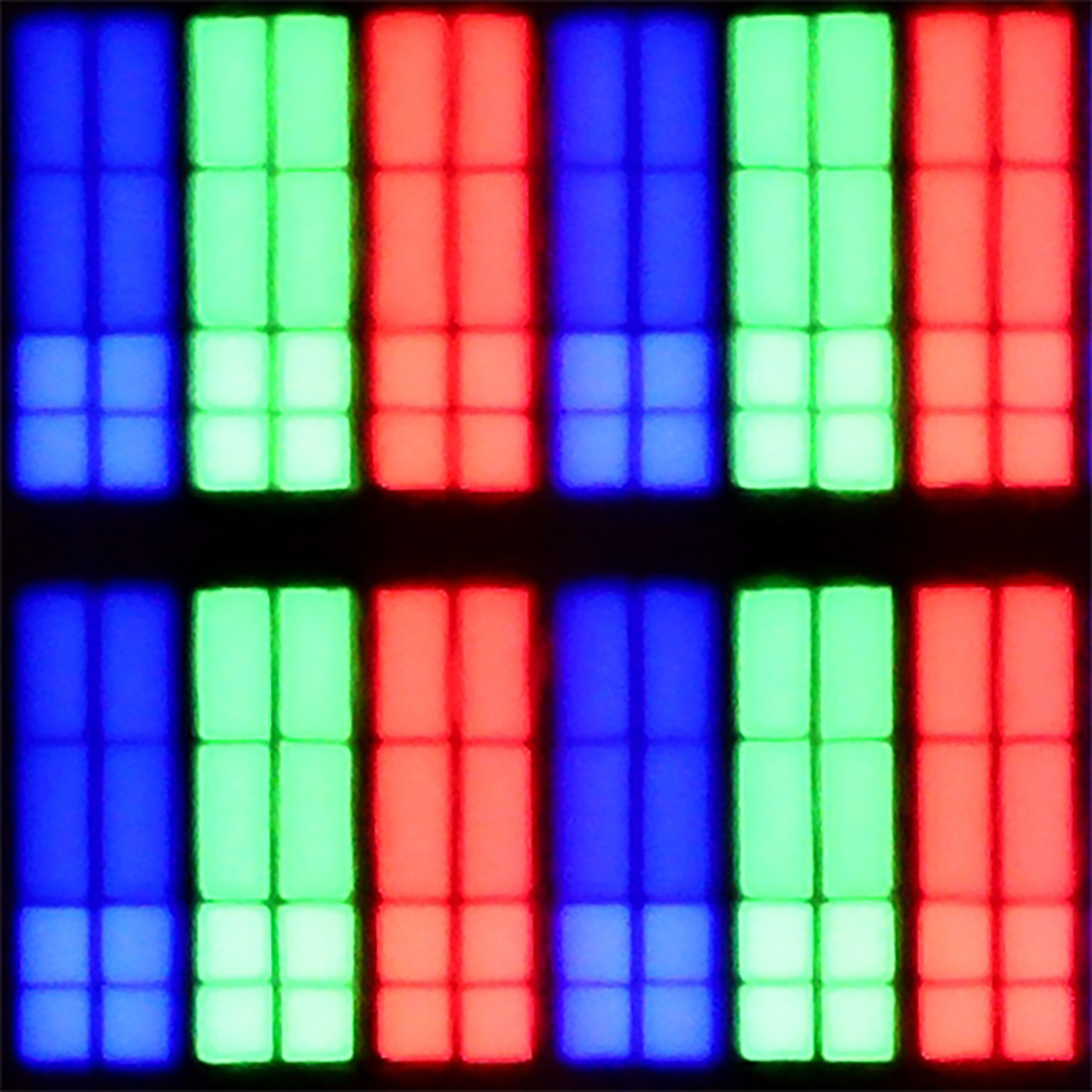
Panel uniformity:

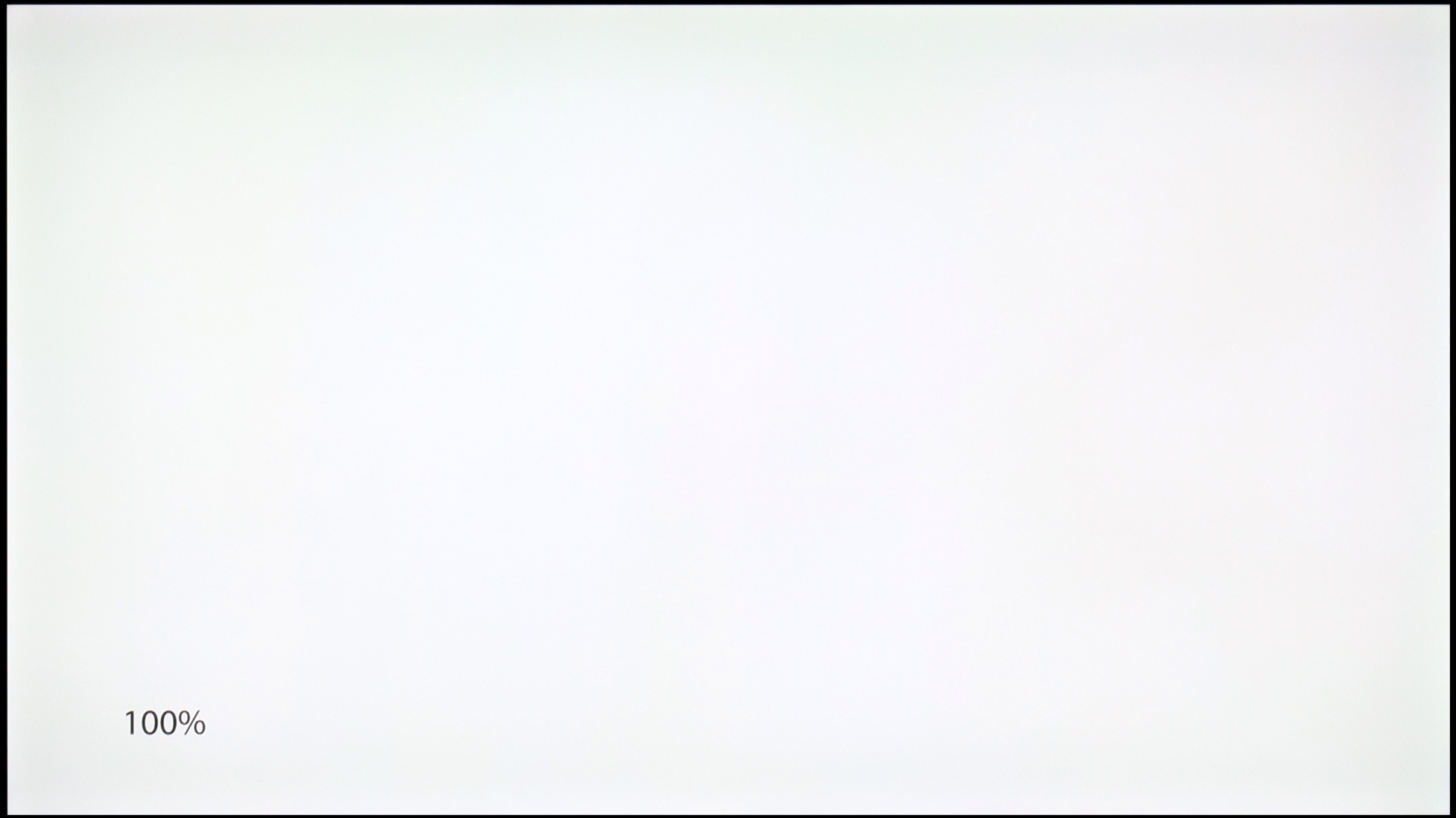
Samsung The Frame LS03D
Hisense U7Q
TV features
8.1/10
8.9/10
- HDMI inputs3 x HDMI 2.0, 1 x HDMI 2.1 40Gbps2 x HDMI 2.0, 2 x HDMI 2.1 48Gbps
- Other inputsRCA (Chinch)
- OutputsToslink (Optical audio), eARC (HDMI), ARC (HDMI)Toslink (Optical audio), eARC (HDMI), ARC (HDMI), Mini-Jack (Headphones)
- Network InterfacesWi-Fi 2.4GHz, Wi-Fi 5GHz, Ethernet (LAN) 100MbpsWi-Fi 2.4GHz, Wi-Fi 5GHz, Ethernet (LAN) 100Mbps
- TV receptionDVB-T, DVB-T2, DVB-S, DVB-S2, DVB-CDVB-T, DVB-T2, DVB-S, DVB-S2
Classic features:
- Recording to USB (terrestrial TV)
- Recording programming
- Picture in Picture (PiP)
- RF remote control (no need to aim at the screen)
- Backlit remote control
- Teletext
- Audio only mode
- Possibility to connect Bluetooth headphones to the TV
- Possibility to simultaneously use Bluetooth headphones and the TV speaker
Smart features:
- AirPlay
- Screen mirroring (Windows Miracast)
- Wyszukiwanie głosowe
- Voice search in native language
- Ability to connect a keyboard and mouse




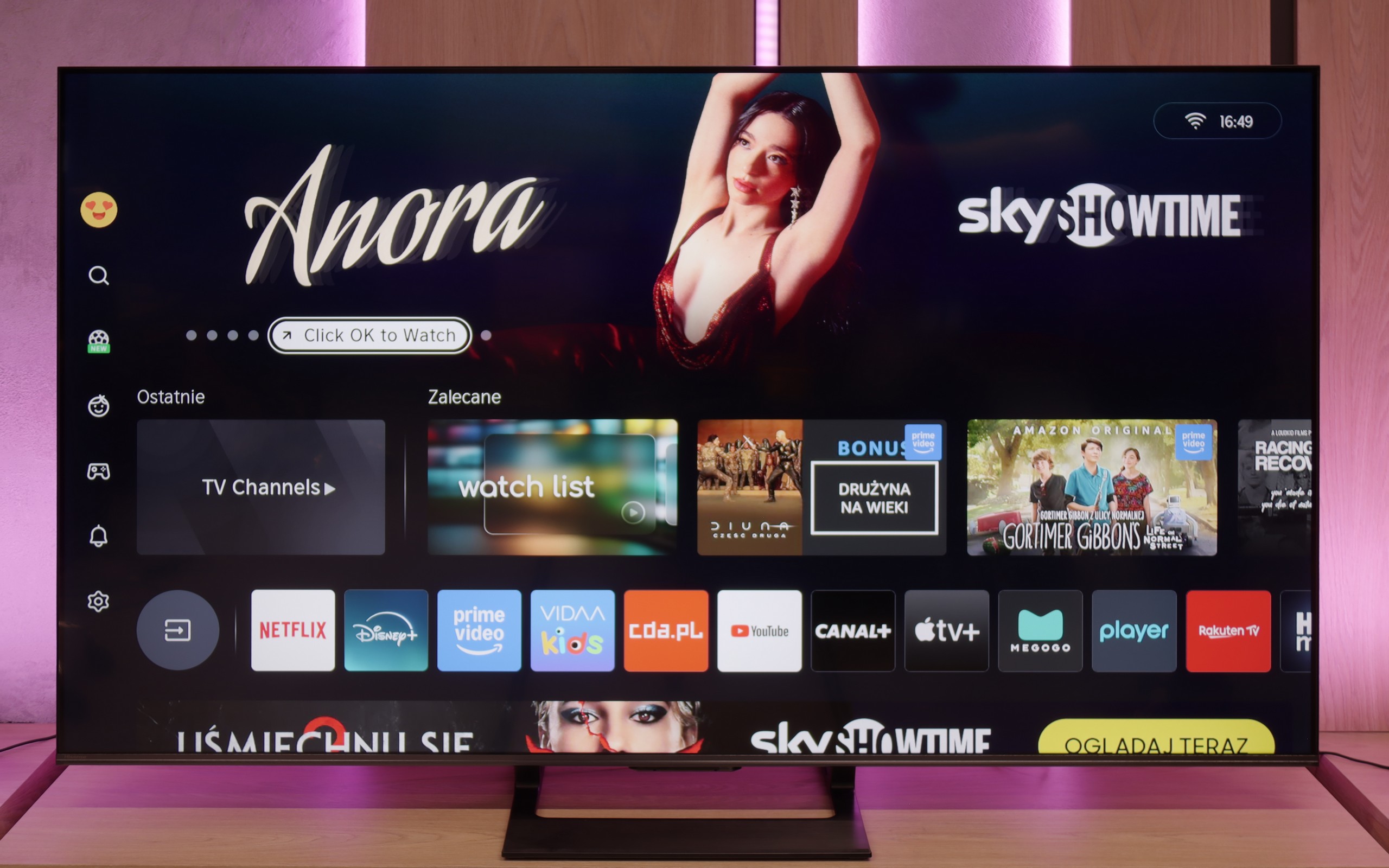

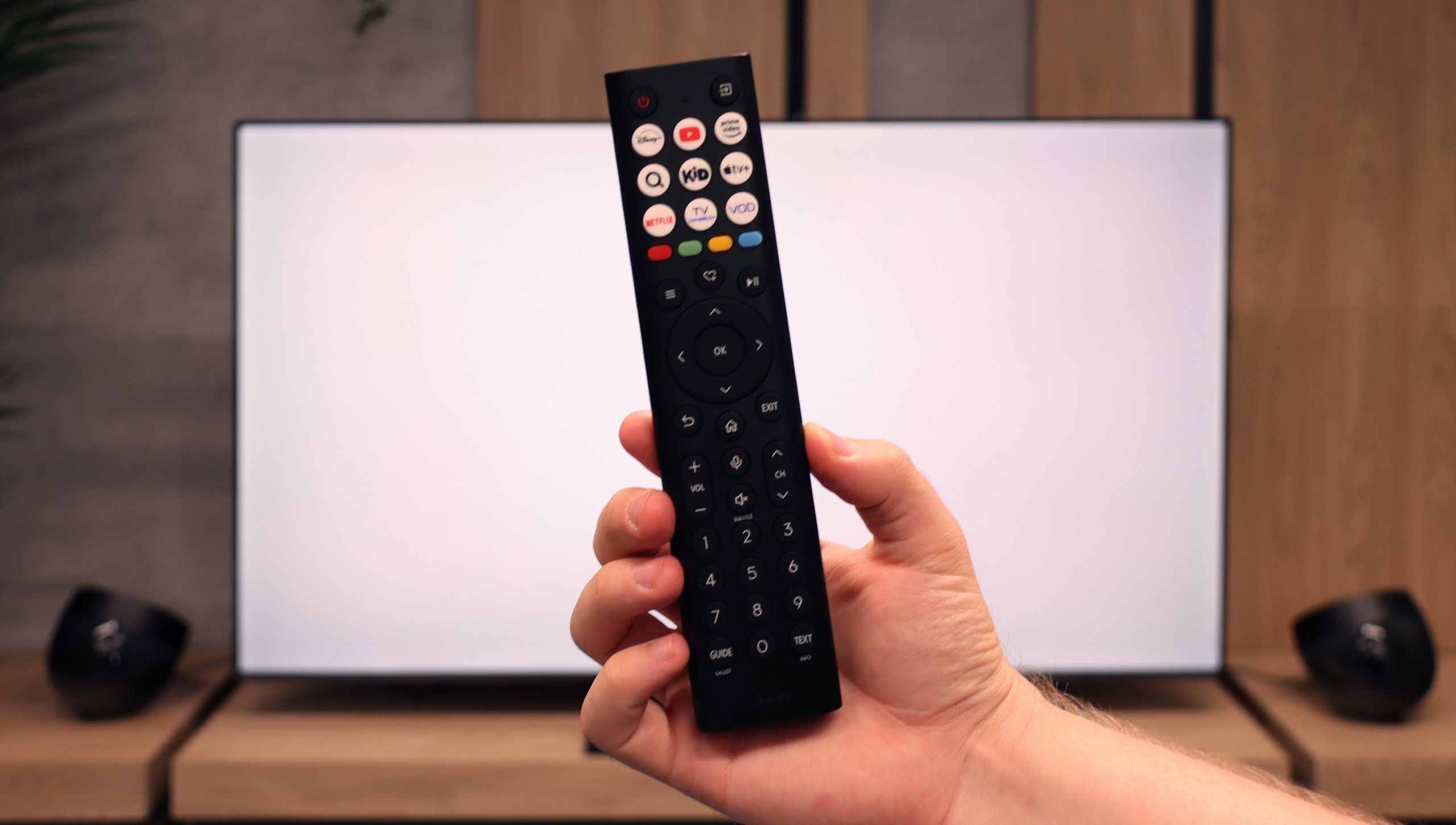
Samsung The Frame LS03D is a television that stands out from other models and is difficult to describe in a conventional way. Of course, it has all the standard Smart TV features thanks to the Tizen system. The system is responsive, comprehensive, and offers a wide selection of applications. The remote control supports voice commands in Polish, and we can connect additional devices via Bluetooth – just like in many other televisions. But that's not the essence of this model.
The biggest strength of Samsung The Frame is its design. The "Art" mode allows you to display thousands of high-resolution images, which, combined with the matte screen, look truly exceptional. The effect is surprisingly realistic and hard to compare to any other television.
The frames may not be the thinnest on the market, but they can be customised in terms of colour and style to perfectly match the interior. (Sold separately) And although the frames themselves are not ultra-thin, the entire construction is sleek and elegant. The wall mount, which is included (valued at about 400 PLN), is also worth noting. It allows the television to be mounted almost flush against the wall, with no gap, which further emphasises the "picture" effect.
And what about the cables? Samsung thought of that as well. The Frame is equipped with a One Connect module – this is an external box that connects all devices. Only one nearly invisible cable goes to the television, which carries both the signal and power. The box can be easily hidden in a cabinet or behind furniture, ensuring that nothing disrupts the aesthetic of the interior.
Samsung The Frame LS03D is more than just an ordinary television – it is a thoughtfully designed decorative element that combines modern Smart TV functionality with exceptional design and practical solutions. Although it lacks typical functions such as USB recording or PiP, it is not a model created with a conventional approach to television in mind. LS03D the frame is a television that is easy to love for its innovation, originality, and how well it fits into any interior.
Classic features of U7Q
Hisense U7Q really has a lot to offer when it comes to classic TV features. You can record shows onto USB, easily connect external devices via Bluetooth, and the interface – such as the EPG – is clear and readable. It may sound like something that mainly seniors would appreciate, but the truth is that U7Q has practically everything needed for watching classic television. The only thing missing here is the PiP (picture-in-picture) feature.
Smart TV U7Q: Vidaa
When it comes to smart features, U7Q runs on the proprietary VIDAA system. And I must say – it runs really smoothly. Voice search in Polish? No issues at all. AirPlay and screen mirroring? They also work without a hitch. Of course, one must be aware that VIDAA is a closed system, so – as is often the case – it lacks a few popular apps, especially those related to music. Therefore, it’s worth checking before purchasing to see if all the apps you use daily are available.
Playing files from USB
8.5/10
8.2/10
Supported photo formats:
Maximum photo resolution:


The built-in media player in Samsung The Frame handles most popular video and audio formats without any significant issues. Video files, even those with our added subtitles, play smoothly and without interruptions. The same goes for audio files – there are no major surprises here either. The handling of photo formats is somewhat less impressive. The built-in player has certain limitations and does not support all possible types of graphic files. However, nowadays most people use wireless photo transfer, so for many users this won't be a major problem.
The built-in player in the U7Q completely meets the needs of most future users. The television effortlessly supports Polish characters and most popular video, audio, and photo formats. If we had to nitpick, it would only be the limited support for certain photo resolutions – there are times when files from the camera are not displayed correctly. So it’s worth keeping this in mind if you plan to show photos straight from a DSLR or phone.
Apps
8.7/10
7.7/10














































Sound
5.8/10
7.2/10
- Subjective sound quality:5.8/107.2/10
- Dolby Digital Plus 7.1:
- Dolby True HD 7.1:
- Dolby Atmos in Dolby Digital Plus (JOC):
- Dolby Atmos in Dolby True HD:
- DTS:X in DTS-HD MA:
- DTS-HD Master Audio:
The sound on Samsung The Frame is… well, quite average. The slim design of the TV, while impressive, doesn’t leave much room for decent speakers. As a result, the sound is flat and lacks dynamics – just like most TVs in this category. Samsung is clearly aware of this, as they have a special S series of soundbars designed specifically for their “lifestyle” TV line, which includes The Frame.
Sound is one of the biggest advantages of the U7Q. The TV plays really nicely – there's a slight discernible bass, good tonal balance, and it's definitely more than just for "casual news watching." You can easily play music on it and just sit back and enjoy the sound – of course, in an entertainment sense, not an audiophile one 😉. A big plus is also the full support for the most important audio codecs, which worked flawlessly. The only exception is Dolby Atmos in TrueHD format, which didn’t fully work when connected to the home theatre, so if someone uses that format – it's worth keeping in mind - perhaps it's a software glitch.


